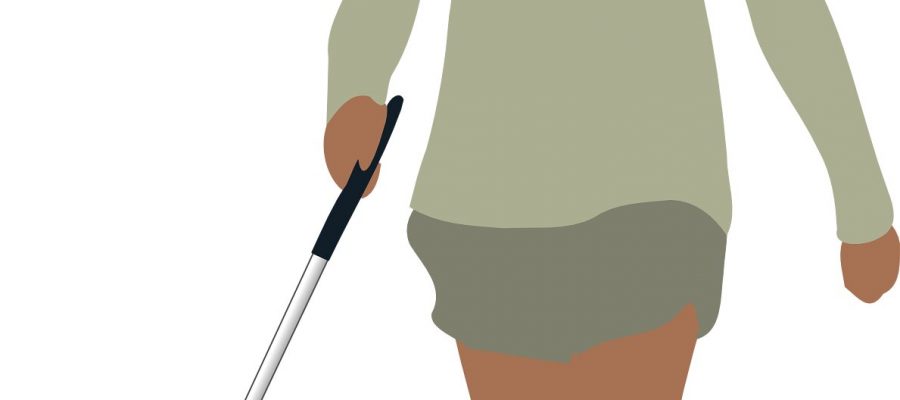
Defining the problem
A call to action
A daunting endeavor
Three shots on goal
- The most promising so far is the mini gene—a shortened but still functional version of the protocadherin-15 gene that easily fits inside the viral capsule that carries the DNA into a cell. In a recent study, the researchers showed their mini gene can restore hearing in mice, and early experiments in zebrafish suggest that it can also restore vision.
- The second strategy, called the dual approach, involves cutting the DNA in half. Each half is small enough to fit in the viral capsule. Once inside the cell, the halves reconnect, and can begin making the full-length protein. The approach has been used for other genes, Corey noted, and seems to be well suited for protocadherin-15. The researchers have tested this approach in mice and are starting to test it for safety in non-human primates.
- The final strategy involves putting gene editing tools into the viral capsule instead of loading it with a replacement gene. Once inside the cell, the gene editors would correct the protocadherin-15 gene mutation. Many mutations cause the condition, but the researchers are designing the tools to fix the most common one, R245x. The researchers recently demonstrated that their approach can counteract hearing loss in mice.
Finding hope
Source: Read Full Article
